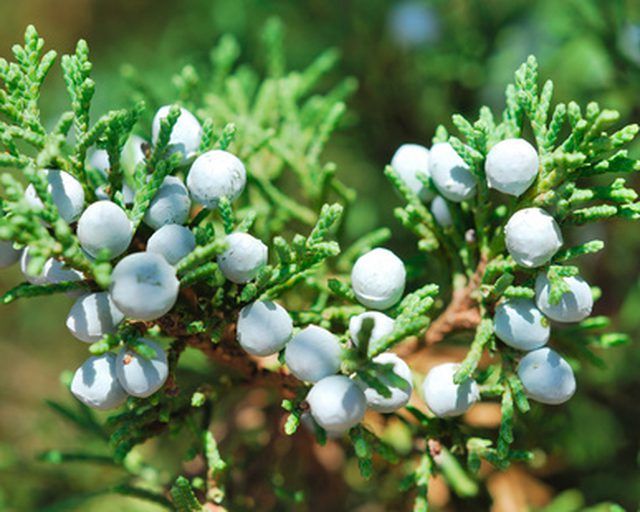Bulbs
Flower Basics
Flower Beds & Specialty Gardens
Flower Garden
Garden Furniture
Garden Gnomes
Garden Seeds
Garden Sheds
Garden Statues
Garden Tools & Supplies
Gardening Basics
Green & Organic
Groundcovers & Vines
Growing Annuals
Growing Basil
Growing Beans
Growing Berries
Growing Blueberries
Growing Cactus
Growing Corn
Growing Cotton
Growing Edibles
Growing Flowers
Growing Garlic
Growing Grapes
Growing Grass
Growing Herbs
Growing Jasmine
Growing Mint
Growing Mushrooms
Orchids
Growing Peanuts
Growing Perennials
Growing Plants
Growing Rosemary
Growing Roses
Growing Strawberries
Growing Sunflowers
Growing Thyme
Growing Tomatoes
Growing Tulips
Growing Vegetables
Herb Basics
Herb Garden
Indoor Growing
Landscaping Basics
Landscaping Patios
Landscaping Plants
Landscaping Shrubs
Landscaping Trees
Landscaping Walks & Pathways
Lawn Basics
Lawn Maintenance
Lawn Mowers
Lawn Ornaments
Lawn Planting
Lawn Tools
Outdoor Growing
Overall Landscape Planning
Pests, Weeds & Problems
Plant Basics
Rock Garden
Rose Garden
Shrubs
Soil
Specialty Gardens
Trees
Vegetable Garden
Yard Maintenance
Why Are My Juniper Trees Dying?
Why Are My Juniper Trees Dying?. Junipers include a number of species such as Rocky Mountain Juniper, eastern red cedar, common juniper and Savin, among others. These trees and shrubs generally are hardy, but they are susceptible to a number of different stresses and diseases.

Junipers include a number of species such as Rocky Mountain Juniper, eastern red cedar, common juniper and Savin, among others. These trees and shrubs generally are hardy, but they are susceptible to a number of different stresses and diseases.
Diseases and Stresses
Junipers are commonly injured by under- or over-watering. In addition, they are prone to Cercospora needle blight, Phomopsis and Kabatina tip blights, and canker diseases, among others.
Symptoms
Over-watering and under-watering results in dry yellow or brown needles that fall to the ground. Cercospora needle blight is characterized by needle browning, needle drop and a buildup of fungal spores on dead needles. Phomopsis tip blight and Kabatina tip blight cause identical symptoms: new foliage turns dull brown, and then ashy-gray and spore-filled lesions form on branch tips. Diseases such as Botryosphaeria canker create elongated sunken areas on the stems and upper trunk, killing the upper portion of trees.
Prevention/Solution
Plant junipers in well-drained locations. Water the plants as needed to maintain vigor and health. Prevent Cercospora needle blight, Phomopsis and Kabatina twig blights by spraying with an appropriate fungicide before infection occurs. Remove cankers from infected trees during late spring or winter, and avoid pruning or shearing during the early summer months when spores are most active.